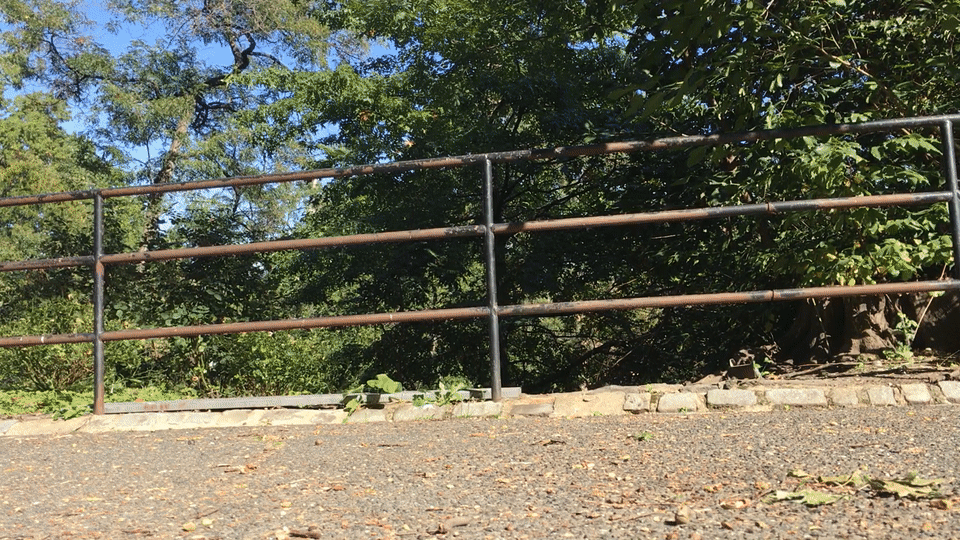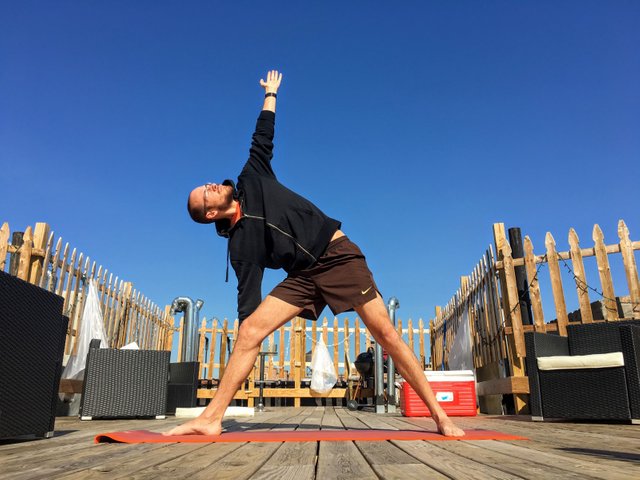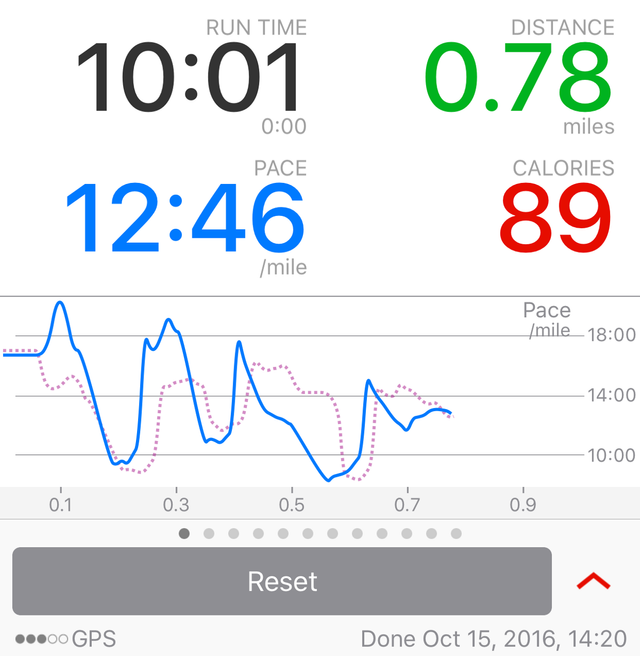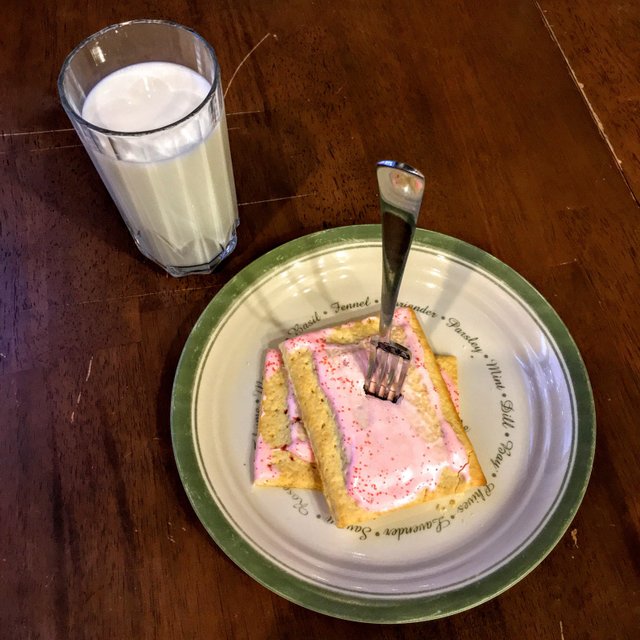Mitch Learns to Run, #PoptartPentathlon, Part 2: Ramping Up
This is the second of 5 posts in a series I’m writing about learning to run. Here’sthe first one.
Here I am at post 2! It’s been 4 days, and I’ve done some yoga, gotten some shoes, and probably damaged my calf muscles. Here’s what I learned.
Academic Research and Advice
Stretch after, not before
I have heard various sentiments about stretching and how it relates to performance. So I went and found a study, here’s a summary of it.
The study found that when going from static stretches right into exercise, performance is decreased. However, it also found that if static stretching was followed by a few minutes of warm up activity, like light jogging, before starting the real exercise, most of the negative effects were removed.
They recommend that, since someone is less likely to pull a muscle doing exercise such as cycling or running, the athlete stretch after, and not before exercise. That way you can still improve your flexibility over the long term while making sure you don’t inhibit your performance for the given session. The do recommend, however, to stretch and do a warm up before activities like soccer, tennis, and basketball, where pulls are more likely because of sudden movements.
Nutrition
Caffeine
Once when watching the Olympics on TV I heard the commentator say that some of the runners were drinking flat Coca Cola instead of water at the water stations along the course. Indeed, 90% of Tour de France riders drank Coca Cola at some point in the race. It tickled my memory so I went hunting for studies.
One of the earlier studies on this was conducted without considering that 90% of the population drinks some caffeine. That means that if the placebo group performed worse than the caffeinated ones during the study, it could be caffeine withdrawal symptoms, not positive affects of caffeine on the other group.
So someone did another study accounting for this by requiring all participants to stop drinking caffeine for four days before the study. And their findings were that, caffeine does affect performance! Both in people who are and aren’t used to caffeine. Consuming 3 mg/kg of caffeine, or around 3 cups of coffee worth, increased performance by 3%.
I don’t really like coffee, but I do like Matcha tea, so I’ll make sure to drink some before my race.
Equipment

I finally got shoes! Goodbye to my Vans, dear old friends.
Since the Skora’s I want still aren’t in stock, I looked up the cheapest 5-star zero-drop running shoes, and found these Tesla Baretrek 30’s for $30 on Amazon.
So far they’ve been great. Thin and grippy soles, long enough laces, flexible and ventilated. They’ll tide me over until the one hallowed day that Skora actually stocks the shoes they purport to sell.
My Experiences in Training
Yoga

If you remember from my last post, I wasn’t too sore after my first run, so I did a recovery run. The thing is, the day after the recovery run my calves were like a pair of burning noodles.
So I started doing yoga on the days in between my run days. It allows me to stretch, work out some upper body muscles, and get better at breathing while giving my calves a break. It’s really been helpful for maintaining momentum on off days and still doing something good for my body that doesn’t hurt.
Runs
So in the last 9 days, I’ve done 3 slow runs, and 2 sets of 2–20 intervals. If you don’t know what 2–20s are I wrote about them in my first post.

I’ve started to notice my breath as a good measure of pace. I breathe in and out through my nose while running, something that yoga has helped with. When I go up a hill, lose track of my pace and start running faster, or get closer to the end of my run, I notice that I start breathing through my mouth, which is a good reminder to lower my pace to something more sustainable.
Also, here’s a picture of what 2–20 intervals look like. Runmeter doesn’t seem to pick up shorter distances of pace, so the pace never dips to a representation of a full sprint for those 20 seconds.
Now that I’ve done 2–20s a few more times, they’re my favorite. Short and to the point, there’s sprinting so it’s not as boring, and it’s as effective as 45 minutes of running. It doesn’t provide the sort of rhythmic meditative experience that a normal run does, but other than that, what’s not to like?And, of course, my ritual pop tart. Toasted strawberry this time, with milk.
